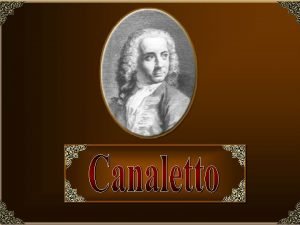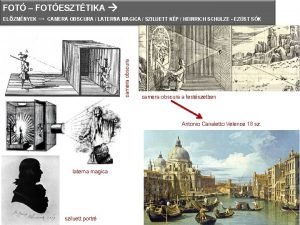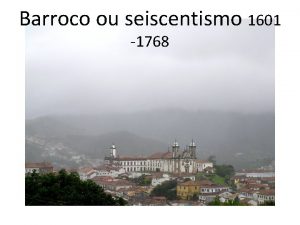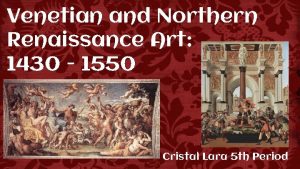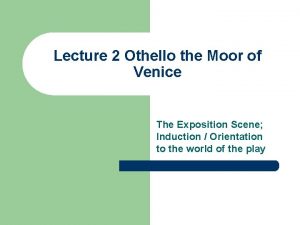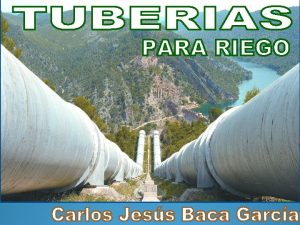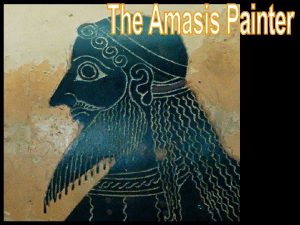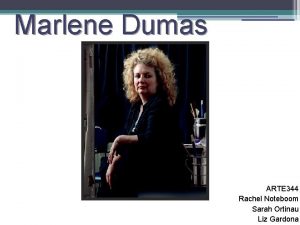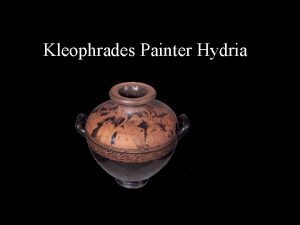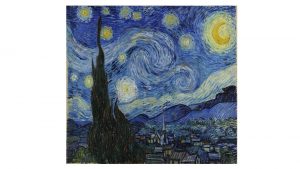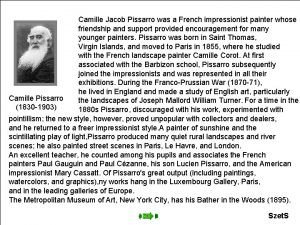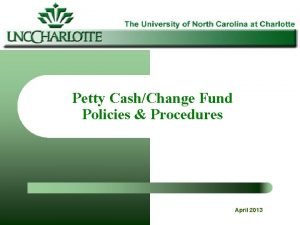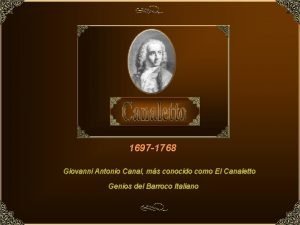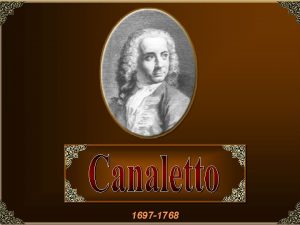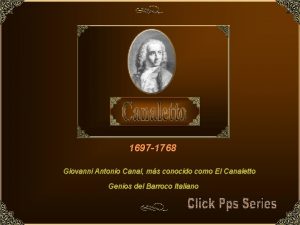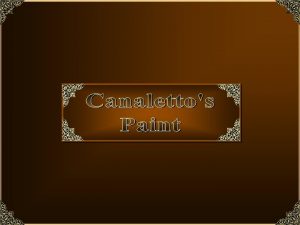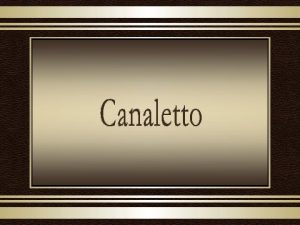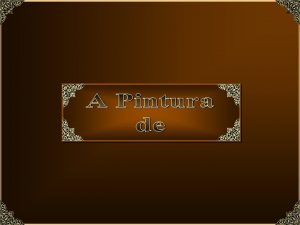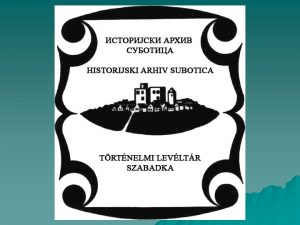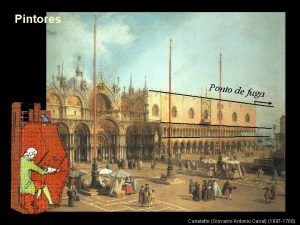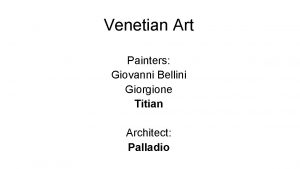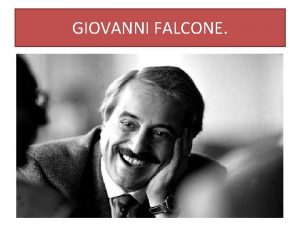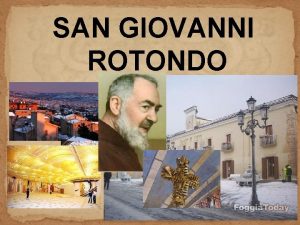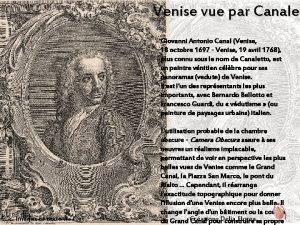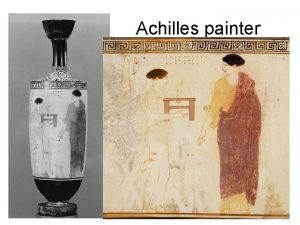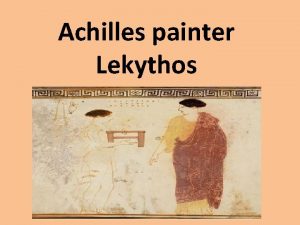Canaletto Giovanni Antonio Canal 1697 1768 Venetian painter























- Slides: 23


Canaletto (Giovanni Antonio Canal) (1697 -1768). Venetian painter, the most famous view-painter of the 18 th century. He began work painting theatrical scenery (his father's profession), but he turned to topography during a visit to Rome in 1719 -20, when he was influenced by the work of Giovanni Paolo Panini. By 1723 he was painting dramatic and picturesque views of Venice, marked by strong contrasts of light and shade and free handling, this phase of his work culminating in the splendid Stone Mason's Yard (National Gallery, London, c. 1730). Meanwhile, partly under the influence of Luca Carlevaris, and largely in rivalry with him, Canaletto began to turn out views which were more topographically accurate, set in a higher key, and with smoother, more precise handling -- characteristics that mark most of his later work. At the same time he began painting the ceremonial and festival subjects which ultimately formed an important part of his work.

London: Westminster Bridge from the North on Lord Mayor’s Day. c 1746

His patrons were chiefly English collectors, for whom he sometimes produced series of views in uniform size. Conspicuous among them was Joseph Smith, a merchant, appointed British Consul in Venice in 1744. It was perhaps at his instance that Canaletto enlarged his repertory in the 1740 s to include subjects from the Venetian mainland from Rome (probably based on drawings made during his visit as a young man), and by producing numerous capricci. Rome: The Arch of Constantine 1742

Venice: The Grand Canal from Campo S. Vio towards the Bacino 1729 -34

He also gave increased attention to the graphic arts, making a remarkable series of etchings, and many drawings in pen, and pen and wash, as independent works of art and not as preparation for paintings. This led to changes in his style of painting, increasing an already well-established tendency to become stylized and mechanical in handling. He often used the camera obscura as an aid to composition. View of a River, Perhaps in Padua 1745

Canaletto's early works remain his most coveted and, according to many authorities, his best. One of his finest early pieces is The Stonemason's Yard (1729, London, the National Gallery) which depicts a humble working area of the city. Later Canaletto became known for his grand scenes of the canals of Venice and the Doge’s Palace. His large-scale landscapes portrayed the city's famed pageantry and waning traditions, making innovative use of atmospheric effects and strong local colours. For these qualities, his works may be said to have anticipated Impressionism.

The Stonemason's Yard, painted 1726 -30.

Grand Canal, Looking Northeast from Palazzo Balbi towards the Rialto Bridge 1723 -24

Venice: La Punta della Dogana (Custom Point) 1726 -28

Venice: Grand Canal, Looking North-East towards the Rialto Bridge c. 1725

Venice: Piazza San Marco, the Clocktower c. 1730

Venice: The French Ambassador’s reception in the Doge's Palace c. 1730

Venice: Capriccio, The Horses of San Marco in the Piazzetta 1743

Venice: Return of the Bucintoro to the Molo on Ascension Day, 1732.

London: “Old Horse Guards and Banqueting Hall”, St James Park c 1749

London: Warwick Castle, the South Front 1748

London: The Thames and the City 1746 -47

Venice: The Grand Canal and the Church of Good Health (della Salute) c 1730

Venice: The Grand Canal from Palazzo Flangini to the Church of San Marcuola c. 1738

Venice: Capriccio, Ruins and Classic Buildings 1730 s

London: Ranelagh, Interior of the Rotunda 1754

Capriccio: River Landscape with a Column c. 1754
 1697 venetian landscape painter
1697 venetian landscape painter Canaletto camera obscura
Canaletto camera obscura Barroco 1601 a 1768
Barroco 1601 a 1768 Seiscentismo ou barroco
Seiscentismo ou barroco John cabot nationality venetian
John cabot nationality venetian Venetian and northern renaissance (1430–1550)
Venetian and northern renaissance (1430–1550) Venetian blinds contemporary study of compulsive lying
Venetian blinds contemporary study of compulsive lying Examples of wedge
Examples of wedge Florentine vs venetian art
Florentine vs venetian art Venetian place apartments
Venetian place apartments Othello story summary
Othello story summary Equivalencia pulgadas mm tuberías polietileno
Equivalencia pulgadas mm tuberías polietileno Educamos agustinos alicante
Educamos agustinos alicante Giovanni antonio farina educamos
Giovanni antonio farina educamos Educamos giovanni
Educamos giovanni Painters algorithm
Painters algorithm Amasis painter
Amasis painter Marlene dumas the painter
Marlene dumas the painter When was it made
When was it made Whos the famous painter
Whos the famous painter Camille french impressionist
Camille french impressionist A great painter paragraph for class 4
A great painter paragraph for class 4 Jerri painter
Jerri painter Kleophrades painter
Kleophrades painter
